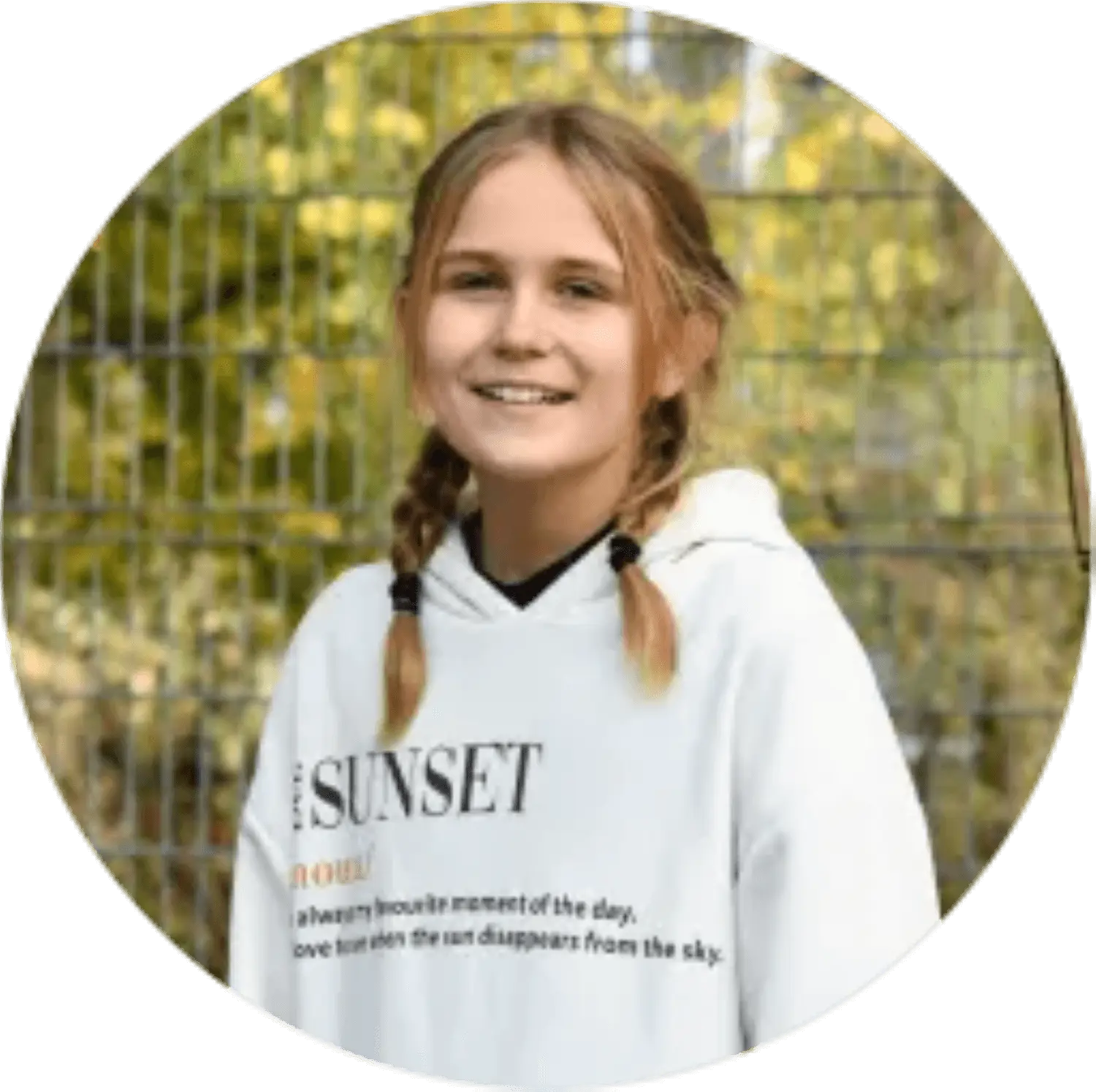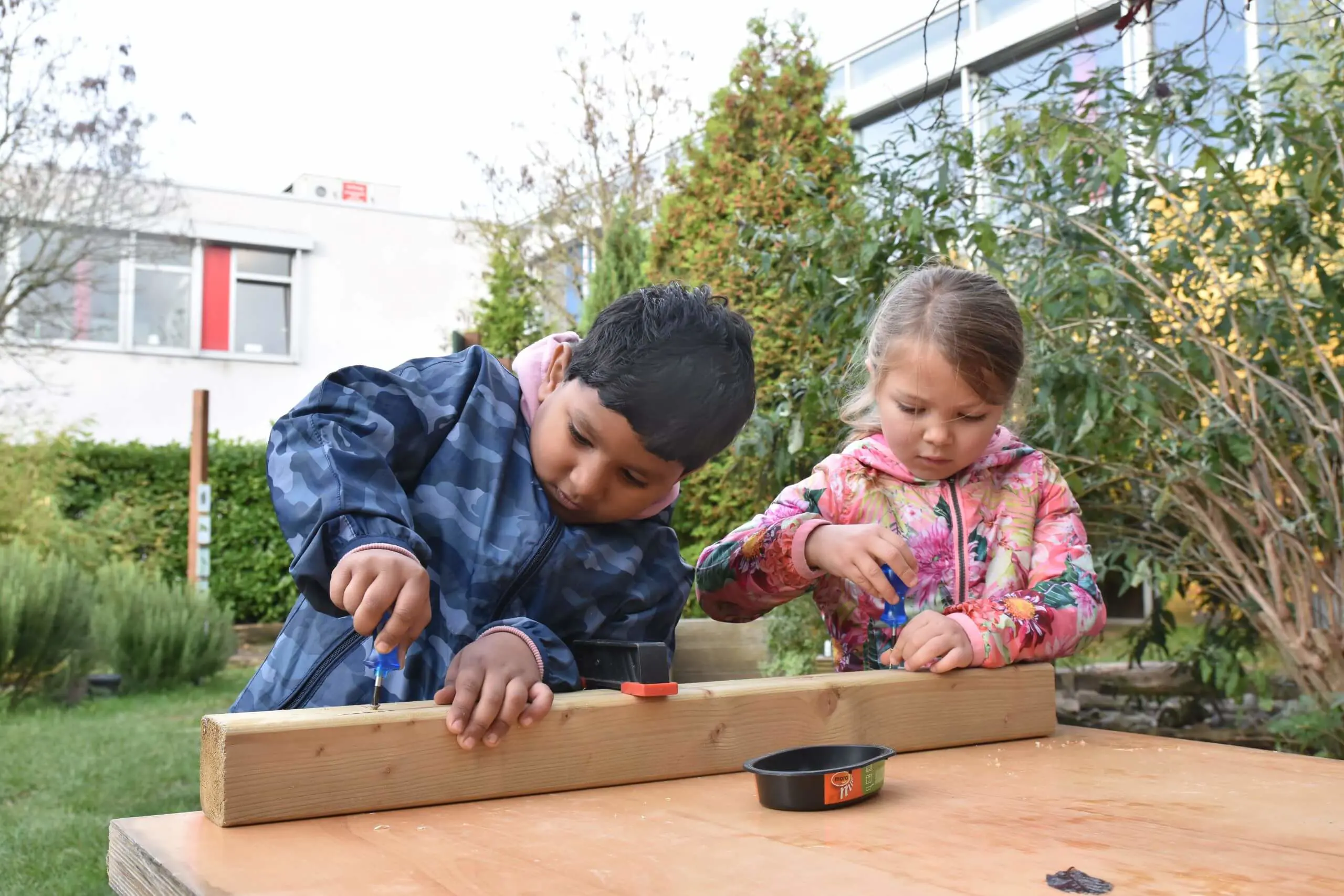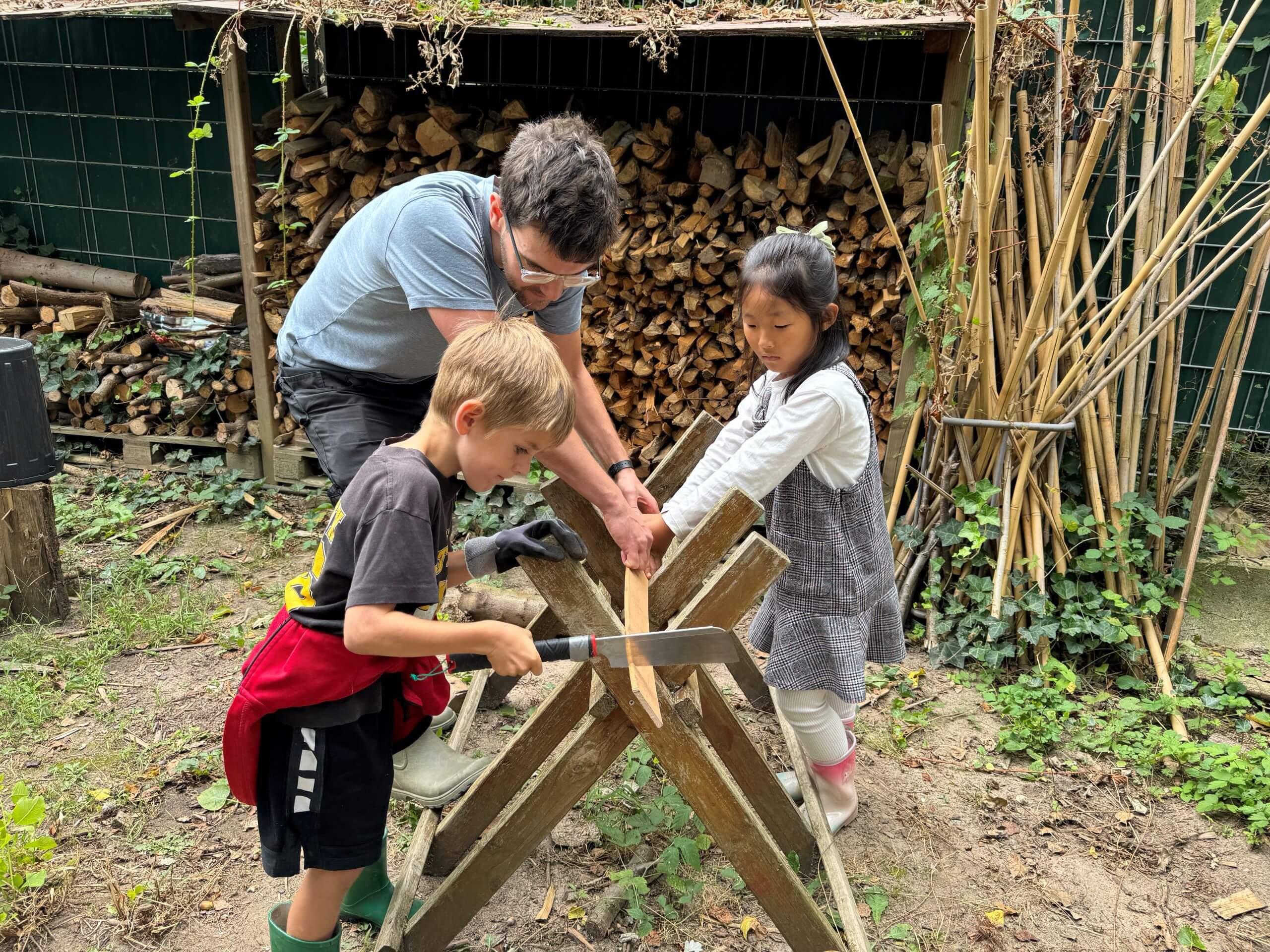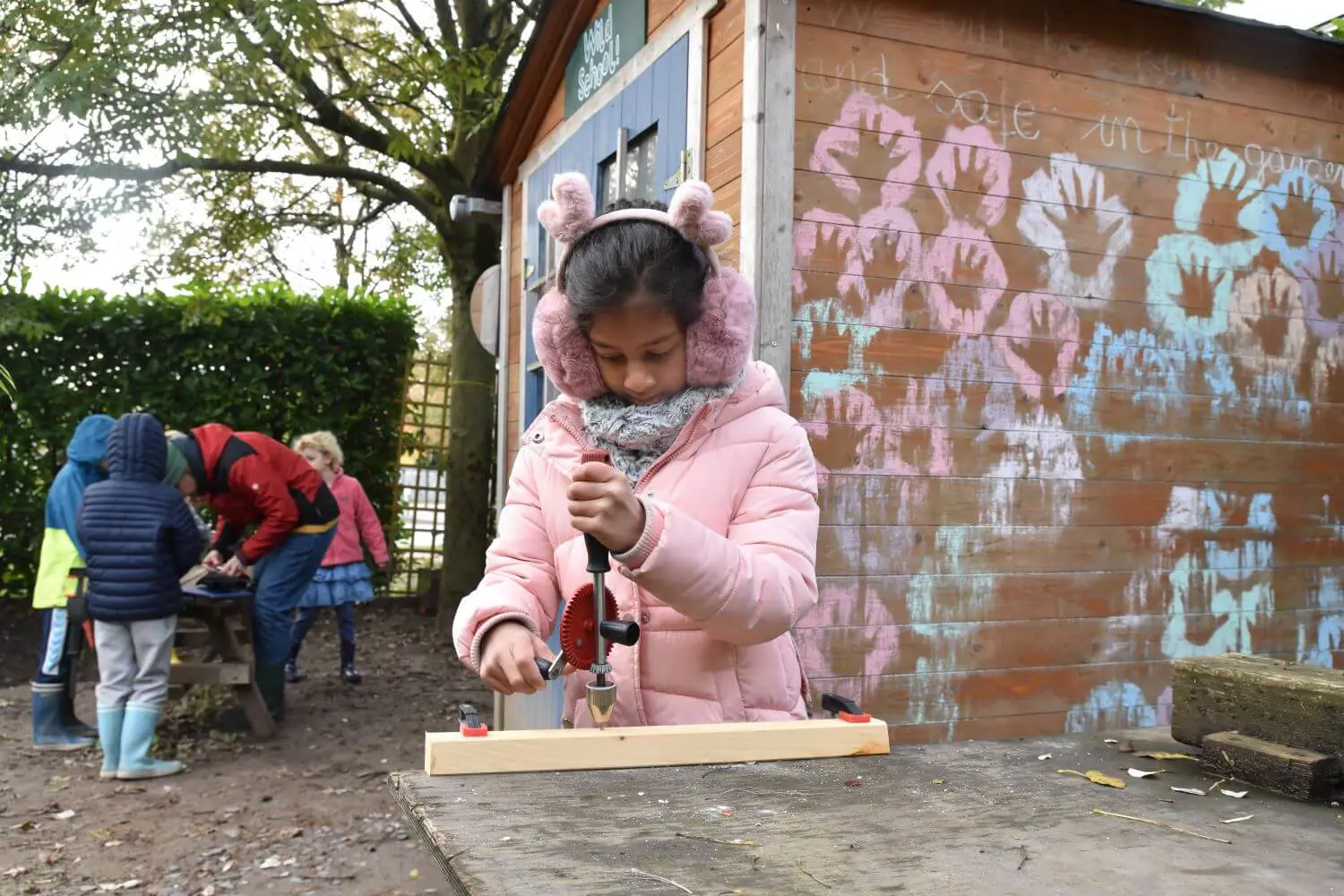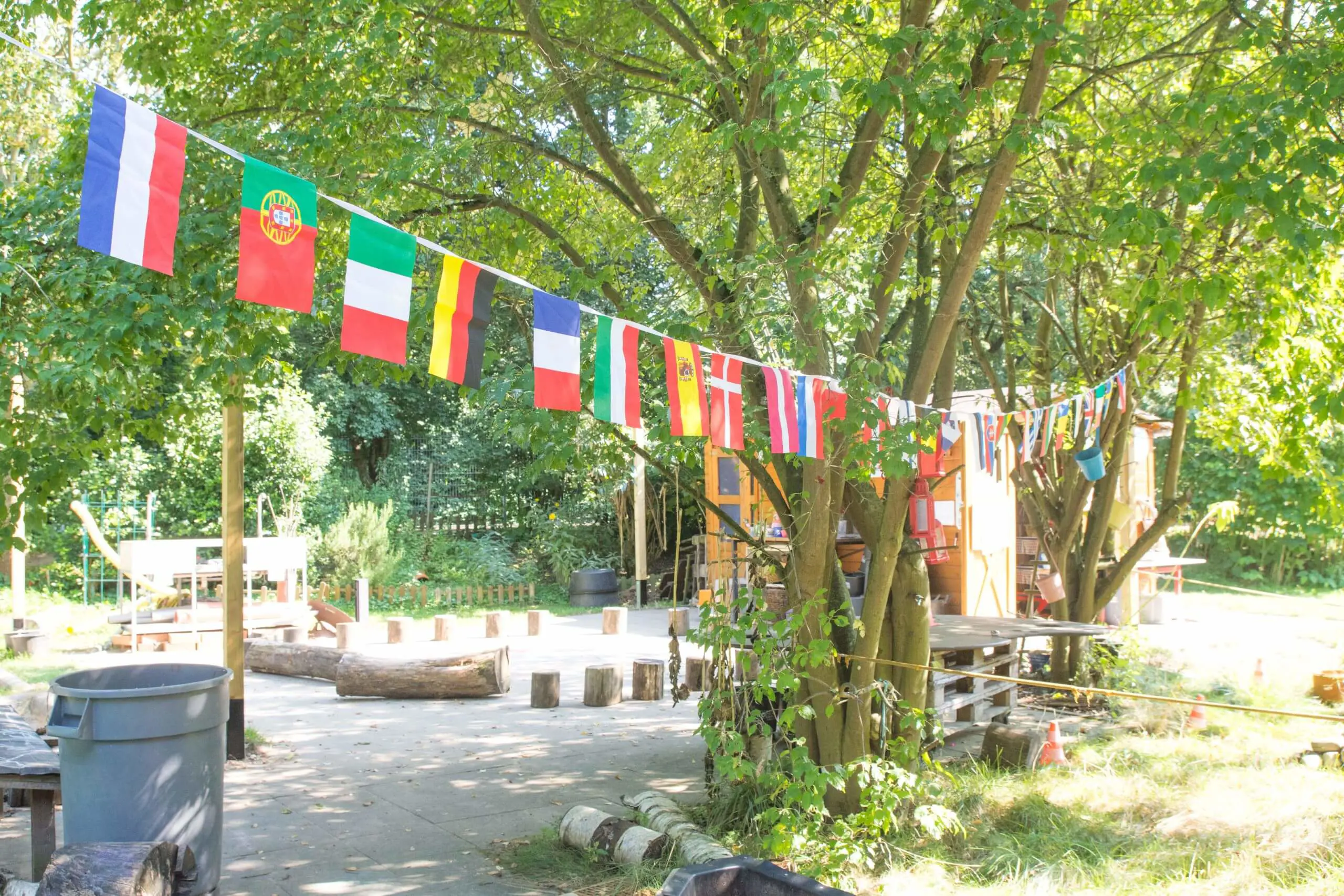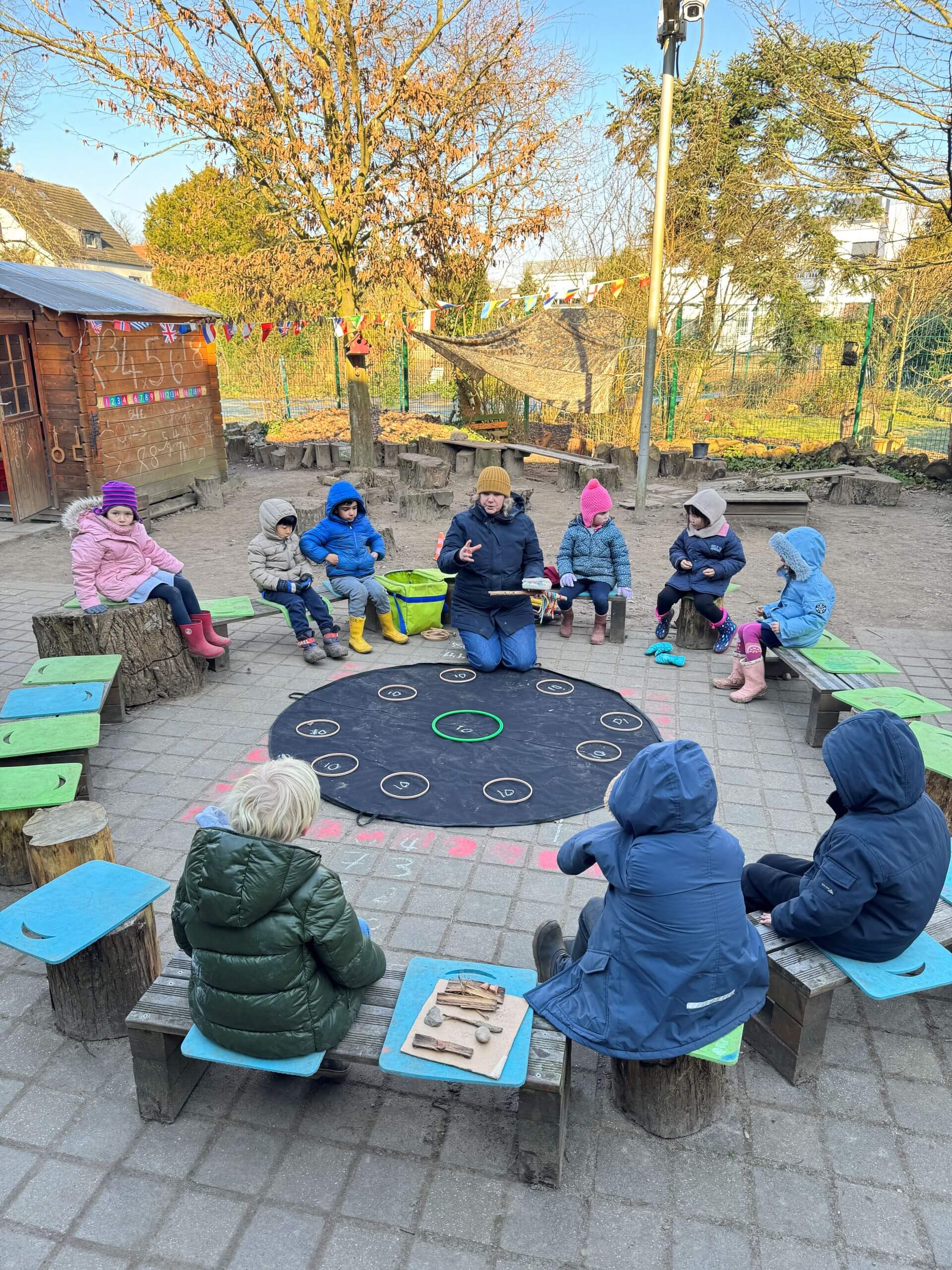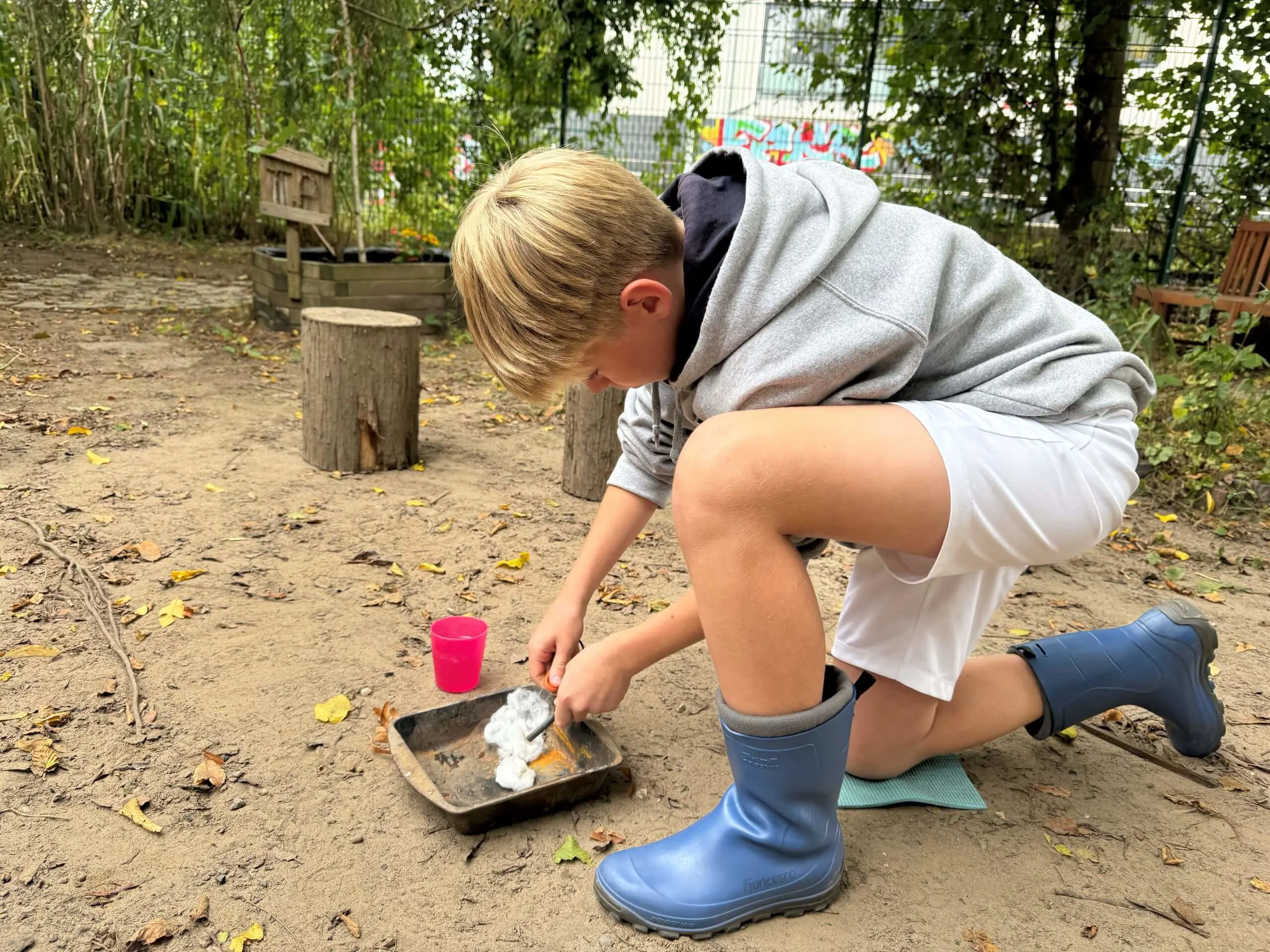At ISD, we're passionate about outdoor learning, extending learning beyond the classroom walls, offering children an alternative environment free of traditional boundaries, and opening their minds to new ideas and possibilities.
There are five outdoor learning environments (OLE) on the elementary school campus; flexible learning spaces with tunnels, hills, quiet corners, and open spaces. Designed to provide rich, multi-sensory experiences, these environments stimulate creativity and spark curiosity.

Importantly, outdoor learning fosters a meaningful connection to the natural environment that allows for appreciation of, and respect for, biodiversity.
Kayleigh Waterworth
Outdoor Learning teacher
Students in Reception, Prep, and grade 1 have outdoor learning time every day, with a focus on learning through play. In the upper year levels, most students have scheduled outdoor learning time every other day.
|
Read More |
|---|
Our outdoor learning team designs learning activities which drive and complement classroom units of inquiry, as well as developing stand-alone outdoor units of inquiry. Examples of units that incorporate an outdoor learning component include:
ISD is the only international school in Europe to have developed outdoor learning to this extent. As a result, professionals from around the world come to ISD to witness our programmes in action. |
OUTDOOR LEARNING CONFERENCE
Currently in its third year, the Outdoor Learning Conference has been designed to bring together a community of educators who are looking to create or to enhance outdoor learning programmes in their own schools.
Throughout the conference, our team hosts a series of discussions and workshops around the topics of:
- development of space;
- unit planning;
- outdoor learning and EAL;
- maths in outdoor learning;
- supporting research and what it says;
- and risk assessment.
EXPLORE OLE WITH TESS
|
|
Tess is in grade 5 at ISD, and has been participating in our outdoor learning programme since she joined ISD in reception. We invite you to explore the sections below to hear more from Tess and her teachers about the many facets of outdoor learning at ISD! |
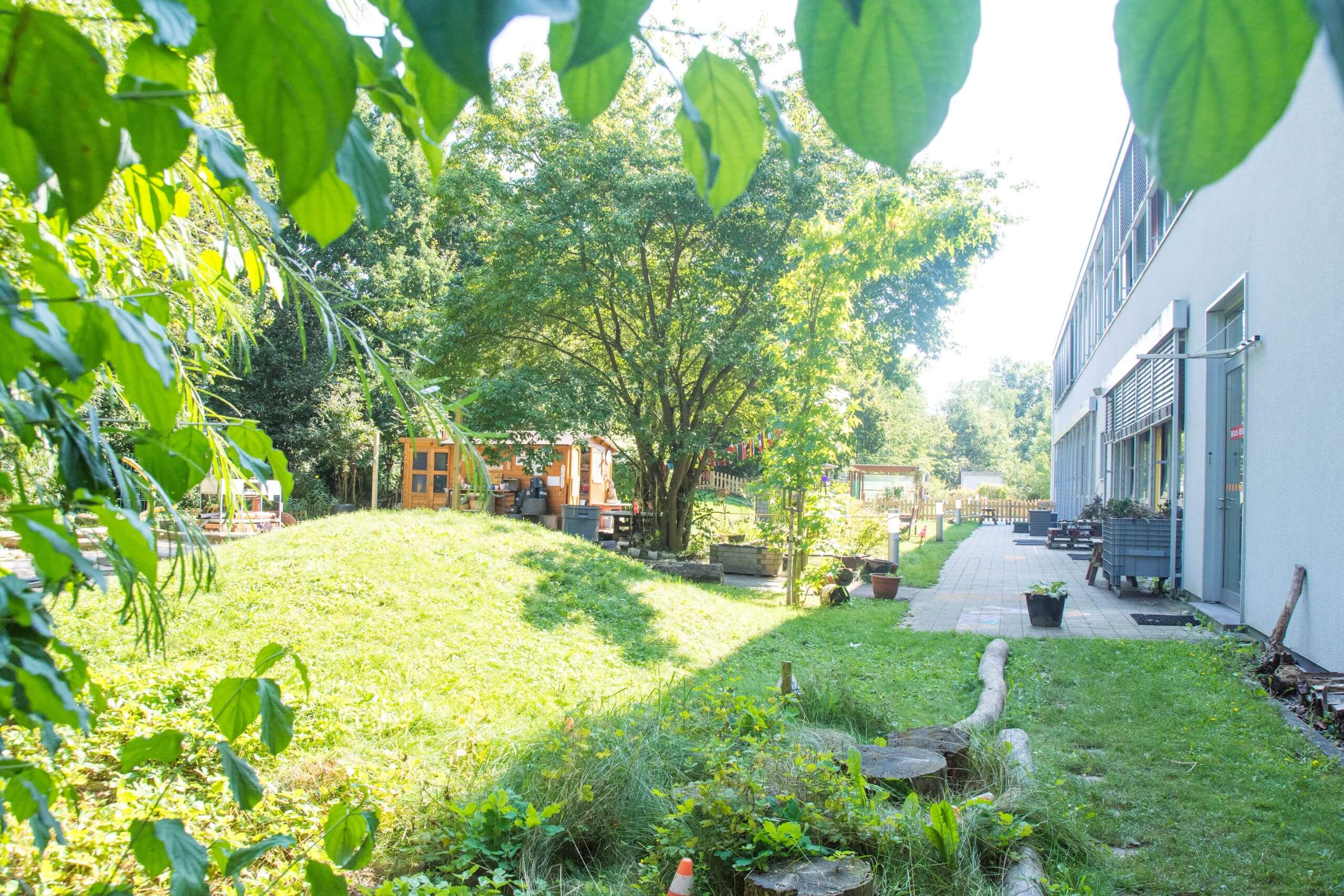
SKILLS & TOOLS
LEARNING REAL WORLD SKILLS
You'd be hard-pressed to find a four-year-old who has used a real hammer or screwdriver before coming to ISD. Most of our students are encountering these real-world skills for the first time when they enter Outdoor Learning.
|
TOOLS IN THE OUTDOOR LEARNING GARDEN |
|---|
|
I have worked with so many different tools, sometimes I forget their names. My favourite is probably the froe. It has a sharp blade attached to a handle and you can use it to cut wood. I'd never seen one before I used it in Outdoor Learning.
Tess
Grade 5 Student
|
Read More |
|---|
|
Throughout the various stages of our outdoor learning programme, students learn practical skills that allow them to take their learning in new and exciting directions.
As children become more self-assured, we find this translates into a greater willingness to be explorative and take risks in other areas of their classroom learning. |
INTEGRATED LEARNING
AN EXTENSION OF CLASSROOM LEARNING
At ISD, we like to think of the great outdoors as a natural extension of the classroom. Outdoor Learning is not exclusively about learning ‘outdoor’ skills; it also offers new contexts for students to explore mathematical, scientific, literacy, and artistic concepts.
ISD’s classrooms are dynamic spaces that promote inquiry and collaboration and, together with Outdoor Learning, offer a learning environment that can flexibly meet our learners’ diverse needs.
Carol Breedlove
Outdoor Learning Teacher
|
Read More |
|---|
|
The unit of inquiry (UoI) is the centrepoint of the PYP curriculum. Outdoor learning teachers work collaboratively with classroom teachers to design and plan learning activities that are stimulating and provocative, and that encourage authentic and sophisticated inquiry throughout the UoI. In this way, we make learning relevant, fun, and inspiring for every child.
|
PLAY-BASED LEARNING
LEARNING THROUGH IMAGINATION
ISD’s outdoor learning spaces are designed to promote engagement, enliven imagination, and encourage play. In the early years of the PYP, learning is centred around play.
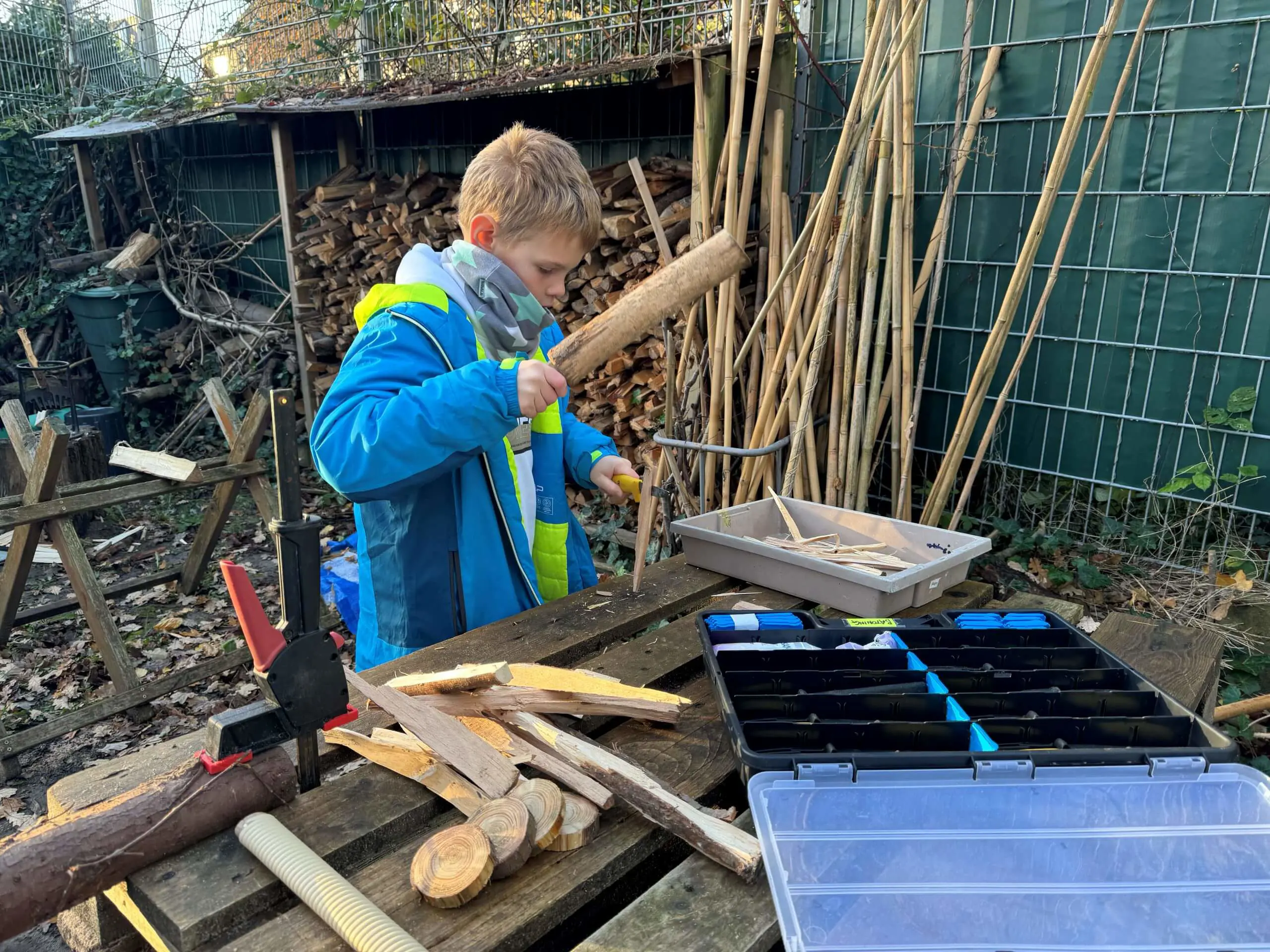
There is broad and compelling research supporting the claim that children at play experience heightened curiosity, deeper engagement in learning, and greater responsiveness and sensitivity to those around them.
Sarah Burnham-Slipper
Outdoor Learning Teacher
|
Read More |
|---|
|
Play is “research”, as Einstein once said; it is an essential part of growing up and understanding our place in the world. We witness this first-hand each and every day in Outdoor Learning, as different play contexts allow children to acquire knowledge and skills, or build new friendships. These are environments where children can take risks in their learning and tackle new challenges with confidence and resilience.
Above all, the outdoor learning environments are flexible spaces. So no matter whether your child is shy, adventurous, independent, or gregarious, our Outdoor Learning programme will give them abundant opportunities to flourish as happy and inquisitive learners. |

